Generating impressive returns through Token Metrics crypto indices represents only half the wealth-building equation. The other half—often overlooked by investors focused solely on performance—involves minimizing taxes that can consume 30-50% of your gains. Every dollar paid unnecessarily in taxes is a dollar that can't compound into future wealth.
Cryptocurrency taxation presents unique complexities that differ significantly from traditional investments. However, these complexities also create optimization opportunities unavailable with stocks or bonds. Understanding and implementing sophisticated tax strategies can add 2-5 percentage points to your effective annual returns—enough to transform good investment outcomes into exceptional ones over decades.
This comprehensive guide explores tax optimization for crypto index investors, examining current tax treatment, strategies for minimizing tax liability, retirement account advantages, loss harvesting techniques, and long-term tax planning that maximizes after-tax wealth accumulation.
Understanding Crypto Index Taxation: The Fundamentals
Before implementing optimization strategies, understand how crypto indices are taxed.
- Capital Gains Treatment: Cryptocurrency is treated as property by the IRS. Short-term gains (held under one year) are taxed as ordinary income at rates up to 37%. Long-term gains (held over one year) qualify for preferential rates of 0%, 15%, or 20% depending on income—this dramatic difference makes holding period crucial.
- Index Rebalancing: Token Metrics indices periodically rebalance, with each transaction potentially triggering taxable events in taxable accounts. However, this also creates loss harvesting opportunities during downturns.
- Crypto-to-Crypto Trading: Every crypto-to-crypto trade triggers taxable gains or losses. Rebalancing from Bitcoin to Ethereum or between indices creates taxable events even without converting to dollars. Track all transactions meticulously.
Tax-Advantaged Account Strategies: The Foundation
The single most powerful tax optimization strategy involves using retirement accounts for crypto index investing when possible.
Roth IRA: The Ultimate Tax Shelter
Roth IRAs offer unmatched tax advantages for crypto indices:
- Tax-Free Growth Forever: All appreciation inside Roth IRAs grows completely tax-free with no taxes due at withdrawal after age 59½
- No RMDs: Unlike traditional IRAs, Roth IRAs have no required minimum distributions, allowing indefinite tax-free compounding
- Estate Planning Benefits: Beneficiaries inherit Roth IRAs tax-free, creating powerful generational wealth transfer vehicles
- Rebalancing Without Tax Consequences: Index rebalancing inside Roth IRAs triggers no taxable events—rebalance freely without tax concerns
Strategy: Maximize Roth IRA contributions annually ($7,000 for 2024, or $8,000 if age 50+) allocating these funds to crypto indices. If crypto appreciates 40% annually for 30 years, that initial $7,000 grows to over $10 million completely tax-free.
Traditional IRA: Tax-Deferred Compounding
Traditional IRAs offer different but still valuable benefits:
- Immediate Tax Deduction: Contributions reduce current taxable income, providing immediate tax savings
- Tax-Deferred Growth: No taxes due on appreciation until withdrawal, allowing full portfolio value to compound
- Strategic Conversions: Can convert to Roth IRA during low-income years, paying taxes at lower rates
Strategy: If current tax bracket is high, contribute to traditional IRA for immediate deduction. Later, convert to Roth IRA during years with lower income (perhaps early retirement before Social Security begins), paying taxes at reduced rates.
Self-Directed IRA Considerations
Standard IRA custodians often don't support cryptocurrency. Self-directed IRA custodians like Alto, iTrustCapital, or BitcoinIRA specifically facilitate crypto holdings within retirement accounts.
These specialized custodians charge higher fees than traditional brokers but the tax benefits far exceed fee costs. Research custodians thoroughly, understanding fee structures, supported cryptocurrencies, and withdrawal processes before opening accounts.
401(k) and Employer Plans
Some employers now offer cryptocurrency options in 401(k) plans. If available, consider allocating portions of 401(k) contributions to crypto indices, capturing tax advantages while maintaining employer matching benefits.
If employer plans don't support crypto, maximize employer match in 401(k), then open self-directed IRA for crypto allocation. This ensures you capture free employer money while still achieving desired crypto exposure in tax-advantaged accounts.
Tax-Loss Harvesting: Turning Losses Into Advantages
Crypto volatility creates frequent opportunities for tax-loss harvesting—deliberately selling positions at losses to offset gains elsewhere in your portfolio.
How Tax-Loss Harvesting Works
When you sell investments at losses, those losses offset capital gains dollar-for-dollar. If losses exceed gains, you can deduct up to $3,000 annually against ordinary income, carrying forward excess losses to future years indefinitely.
Example: Your index appreciates $50,000 during the year (creating potential $50,000 gain when sold). Another index declined $20,000. By selling the losing position, you harvest $20,000 in losses reducing your taxable gain to $30,000 and saving $4,000-7,400 in taxes depending on your bracket.
The Wash Sale Rule Exception
Stock investors face "wash sale rules" preventing them from selling securities at losses and repurchasing identical or substantially identical securities within 30 days. This rule prevents gaming the system through artificial loss harvesting.
Currently, cryptocurrency is not subject to wash sale rules. You can sell Bitcoin at a loss and immediately repurchase it, maintaining market exposure while harvesting tax losses. This provides enormous optimization opportunities unavailable with traditional securities.
Note: Proposed legislation may extend wash sale rules to crypto in the future. Consult tax professionals about current regulations when implementing strategies.
Strategic Loss Harvesting During Bear Markets
Bear markets present exceptional loss harvesting opportunities. As indices decline 50-70%, systematically harvest losses while maintaining exposure through immediate repurchases or similar but not identical indices.
Strategy: During significant market declines, harvest losses in aggressive growth indices while simultaneously purchasing conservative indices. This maintains crypto exposure while capturing substantial tax losses. Reverse the process during recovery, moving back to aggressive indices.
Year-End Tax Planning
Review portfolio in November-December identifying loss harvesting opportunities before year-end. Tax losses must be realized by December 31st to count for current tax year.
However, don't let tax tail wag investment dog—never sell positions solely for tax purposes if doing so undermines long-term strategy. Harvest losses strategically within context of overall investment plan.
Cost Basis Tracking and Optimization
Accurate cost basis tracking enables optimizing which specific shares you sell, minimizing taxes on each transaction.
- Specific Identification Method: The IRS allows designating which specific shares you're selling. Different purchases have different cost bases. Example: You bought Bitcoin at $20,000, $30,000, and $40,000. When selling, specify the $40,000 purchase (highest cost basis) minimizing gains. Without this, IRS defaults to FIFO (first-in-first-out).
- Tracking Requirements: Maintain detailed records of all transactions—date, amount, price, fees for every purchase and sale. Use crypto tax software like CoinTracker, TokenTax, or Koinly for automatic tracking.
- HIFO Strategy: When selling, use specific identification to sell highest cost basis units first, minimizing current taxes. However, consider long-term planning—sometimes triggering long-term capital gains proves more efficient than selling high basis short-term holdings.
Charitable Giving Strategies
Donating appreciated crypto to qualified charities creates powerful tax advantages.
Direct Crypto Donations
Donating appreciated crypto held over one year to 501(c)(3) charities provides:
- Fair Market Value Deduction: Deduct full current value of donated crypto from taxable income
- No Capital Gains Tax: Never pay capital gains taxes on appreciation—donating Bitcoin purchased at $10,000 now worth $60,000 provides $60,000 deduction without paying taxes on $50,000 gain
- Double Tax Benefit: Avoid capital gains tax AND receive income tax deduction
Strategy: If planning charitable giving, donate appreciated crypto instead of cash. This optimization is especially powerful during high-income years where deductions provide maximum value.
Donor-Advised Funds
Donor-advised funds (DAFs) through Fidelity Charitable, Schwab Charitable, or specialized crypto DAF providers accept cryptocurrency donations, providing immediate tax deductions while allowing you to recommend grants to charities over time.
Strategy: During exceptionally profitable years, donate substantial appreciated crypto to DAF, capturing large tax deduction. Then distribute to charities gradually over subsequent years based on your philanthropic priorities.
Qualified Charitable Distributions
While this doesn't apply to crypto directly, investors over age 70½ can make qualified charitable distributions from IRAs up to $100,000 annually. These distributions satisfy required minimum distributions while excluding amounts from taxable income.
Strategy: Use QCDs for charitable giving from traditional IRAs while preserving appreciated crypto in Roth IRAs for tax-free growth.
Strategic Timing of Income Recognition
Controlling when you recognize taxable income significantly impacts lifetime tax burden.
Multi-Year Tax Rate Planning
Tax rates vary year-to-year based on income. Strategic timing of crypto sales can minimize rates paid:
- Low-Income Years: Harvest gains during years with unusually low income (sabbaticals, between jobs, early retirement) when lower tax brackets apply
- High-Income Years: Defer gain recognition during peak earning years when tax rates reach maximum levels
- Zero-Percent Bracket Arbitrage: Those in 0% long-term capital gains bracket (2024: single filers under $44,625 income) can sell appreciated crypto tax-free
Strategy: If taking year off or experiencing income decline, sell appreciated crypto indices locking in gains at 0-15% rates. Then immediately repurchase, establishing higher cost basis for future sales.
Roth Conversion Timing
Converting traditional IRA crypto holdings to Roth IRAs triggers taxable income. However, strategic timing minimizes tax costs:
- Convert during bear markets when crypto values are depressed—taxes owed on $100,000 crypto worth $50,000 after crash saves substantial taxes versus converting at peak
- Convert during low-income years before Social Security or RMDs begin, utilizing lower tax brackets
- Convert gradually across multiple years avoiding bracket creep rather than large one-time conversions
Strategy: During crypto bear markets, convert traditional IRA crypto holdings to Roth when values are temporarily depressed. Pay taxes on depressed values, then enjoy full recovery tax-free inside Roth.
State Tax Considerations
State taxes significantly impact after-tax returns. No-income-tax states (Alaska, Florida, Nevada, South Dakota, Tennessee, Texas, Washington, Wyoming) tax only at federal level. High-tax states like California (13.3%), New York (10.9%), and New Jersey (10.75%) add substantial state taxes on crypto gains.
Strategic Relocation: High earners sometimes relocate to no-tax states before realizing substantial gains. Moving from California to Texas before selling $5 million in appreciated crypto saves $665,000 in state taxes. However, states scrutinize such moves—establishing legitimate domicile requires genuine ties including residence, voter registration, driver's license, and spending majority of year in new state. Consult tax attorneys about timing and requirements.
Estate Planning and Generational Tax Efficiency
- Step-Up in Basis: Heirs inherit assets at fair market value on date of death rather than original purchase price, eliminating all capital gains taxes on lifetime appreciation. Example: Bitcoin bought at $10,000 worth $1 million at death—heirs inherit at $1 million basis owing no taxes on $990,000 appreciation. Don't unnecessarily sell appreciated crypto late in life if leaving to heirs.
- Roth IRA Stretch: Beneficiaries inheriting Roth IRAs stretch distributions over lifetimes, allowing decades of continued tax-free compounding. Keep highest-growth assets (aggressive crypto indices) in Roth IRAs for maximum multi-generational benefit.
- Annual Gift Exclusions: Gift up to $18,000 per recipient annually (2024) without gift tax consequences. Gifting appreciated crypto to family members in lower tax brackets can enable tax-free liquidation if they're in 0% capital gains bracket.
Working With Tax Professionals
Crypto tax complexity exceeds most investors' expertise. Professional guidance prevents costly mistakes and identifies optimization opportunities you'd otherwise miss.
When to Hire Crypto Tax Specialists
Consider specialized crypto tax professionals if you:
- Have crypto holdings exceeding $50,000-100,000
- Execute frequent transactions across multiple platforms
- Use DeFi protocols alongside index investing
- Face complex situations like overseas accounts or business use
- Plan major liquidations or Roth conversions
Generic accountants often lack crypto expertise. Seek specialists with demonstrated cryptocurrency tax experience through credentials like the Certified Public Accountant (CPA) designation plus crypto-specific training.
Cost-Benefit of Professional Advice
Professional crypto tax planning costs $500-5,000+ annually depending on complexity. However, identifying even single optimization opportunity often saves multiples of professional fees.
Example: CPA costs $2,000 annually but identifies loss harvesting opportunity saving $8,000 in taxes, Roth conversion strategy saving $15,000 over five years, and charitable giving optimization saving $5,000. Total value: $28,000 for $2,000 investment.
Conclusion: Tax Efficiency Compounds Into Wealth
Tax optimization isn't about gaming the system or taking questionable positions—it's about structuring investments to legally minimize taxes within established rules. The difference between paying 37% short-term capital gains rates versus 0-15% long-term rates, or paying no taxes via Roth IRAs, compounds into hundreds of thousands or millions over decades.
Token Metrics indices provide world-class investment performance, but keeping more of those returns through strategic tax planning determines your actual wealth accumulation. A 45% annual return becomes 28% after-tax at high ordinary income rates—but remains 45% tax-free in Roth IRA.
Begin implementing tax optimization strategies today. Maximize tax-advantaged account contributions, implement systematic loss harvesting, track cost basis meticulously, time income recognition strategically, and work with qualified professionals for complex situations.
Your future self will appreciate the six-figure or seven-figure tax savings generated through disciplined tax optimization as much as the strong investment returns from Token Metrics indices. Combined, they create unstoppable wealth accumulation.
Start your 7-day free trial today and begin building tax-efficient crypto wealth through Token Metrics indices combined with strategic tax optimization.






.svg)


.png)




%201.svg)
%201.svg)


%201.svg)




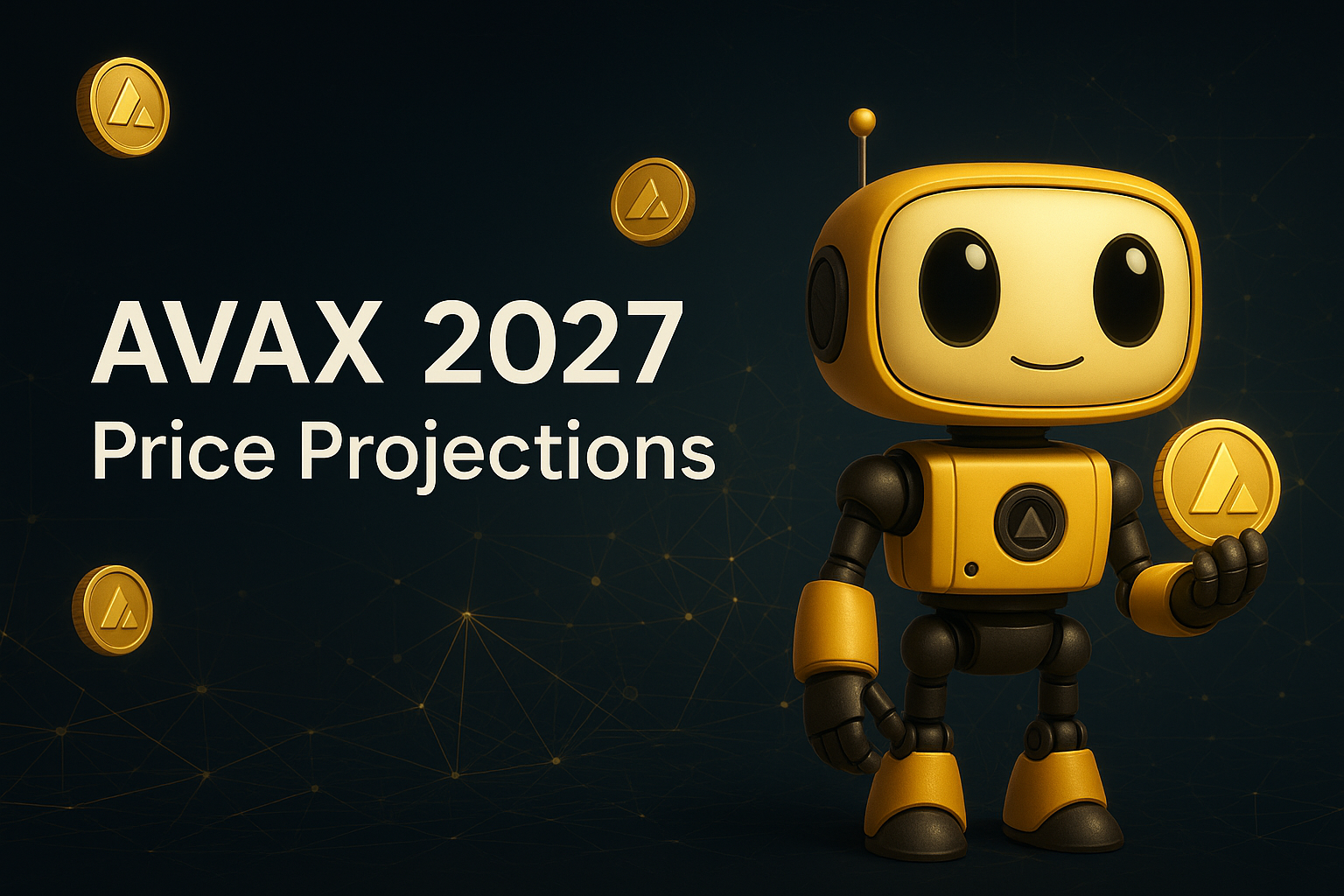

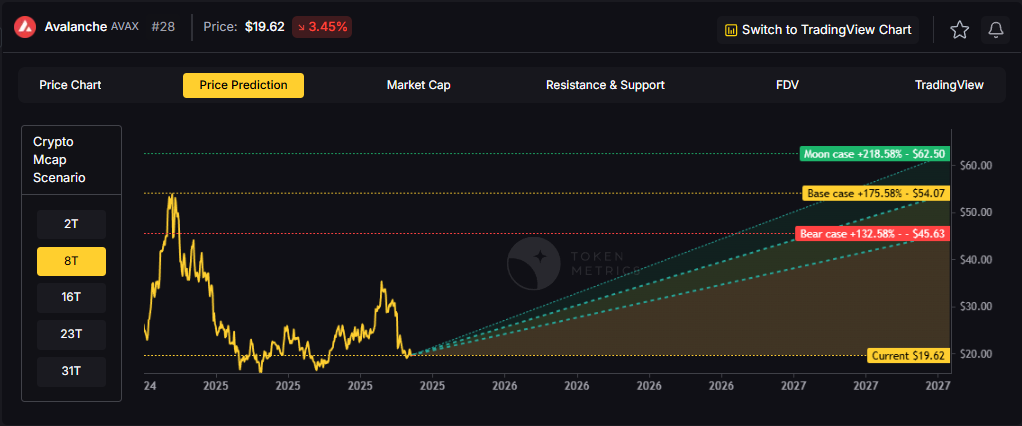
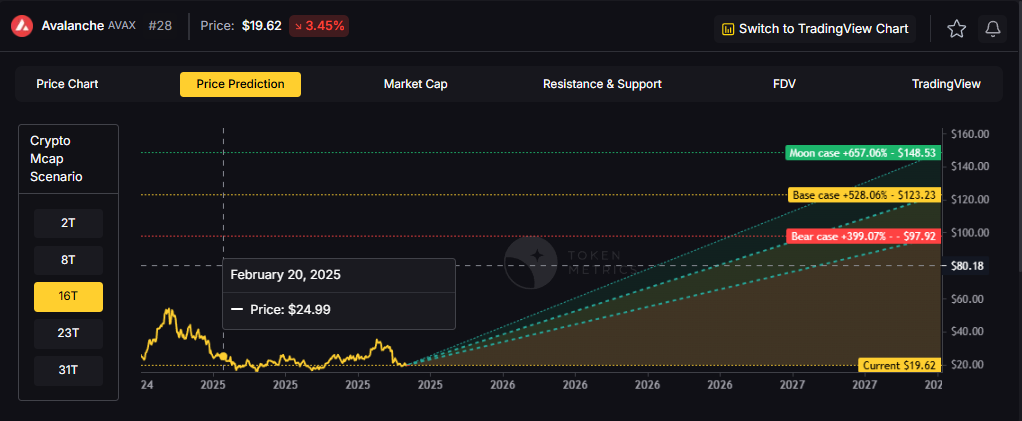

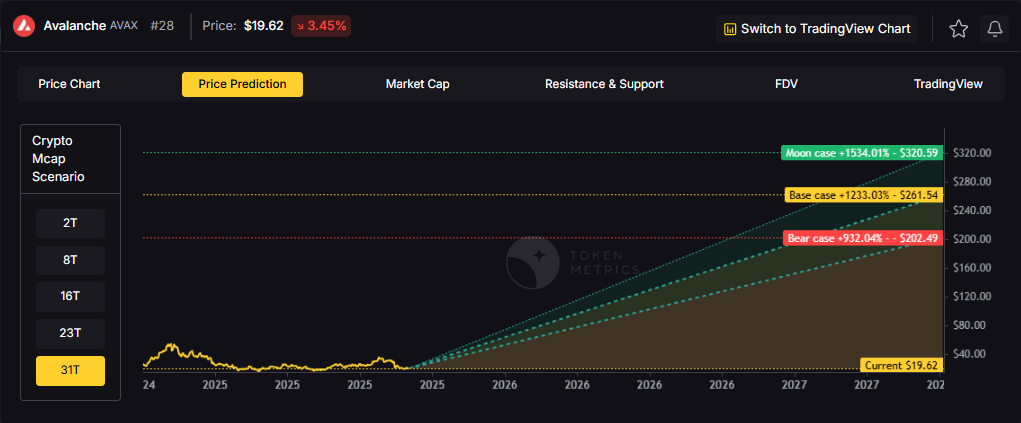


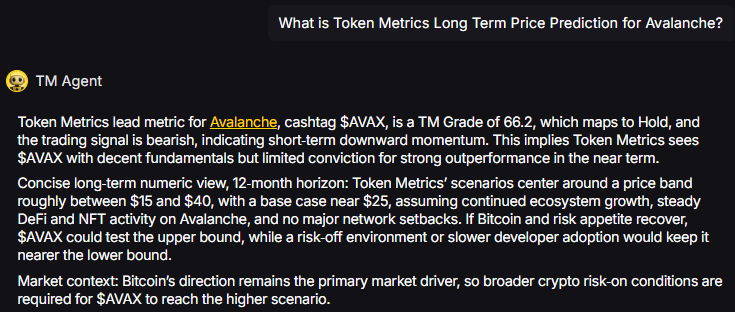
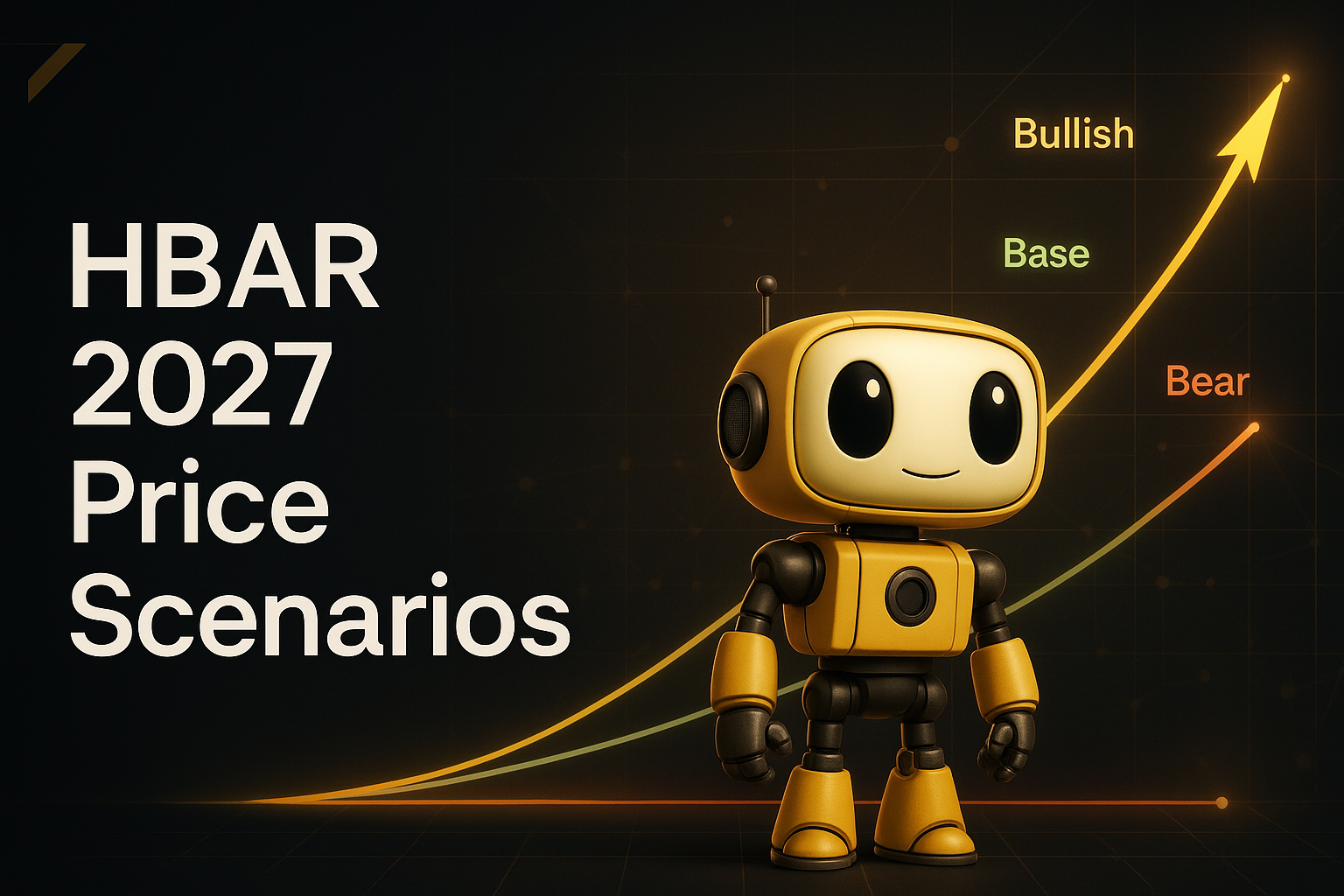
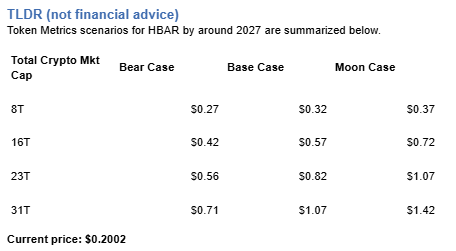

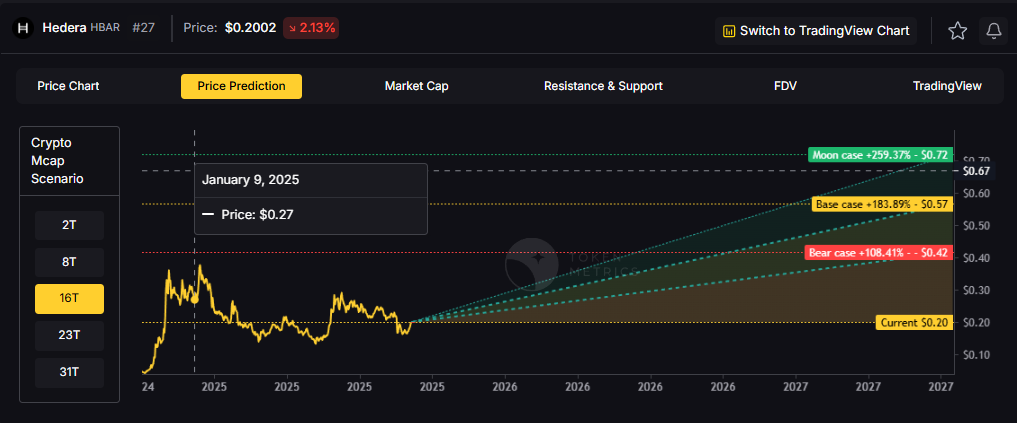


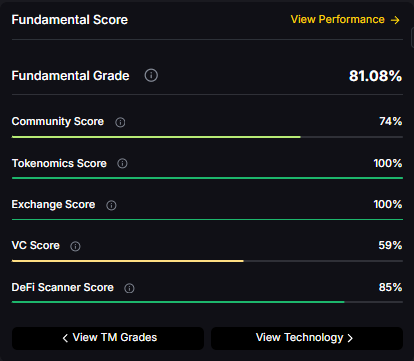
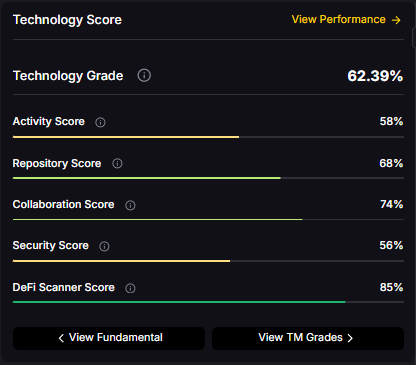




.svg)




.png)